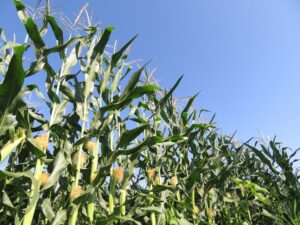According to the Energy Information Administration (EIA), modern bioenergy is the largest renewable energy source globally, accounting for 55% of renewable energy and over 6% of the global energy supply.
The EIA’s Net Zero Emissions by 2050 Scenario (NZE) sees a rapid increase in the use of bioenergy to displace fossil fuels by 2030.
In 2022, with the help of digital transformation initiatives, the biofuel industry is projected to produce 175 billion litres of fuel with a projected annual growth rate of 7%. With this projected growth, investments are increasing for either:
1. Retrofitting existing refineries to accommodate biofuel production;
2. Building new biorefineries that can accommodate second-generation feedstock types.
New developments
In recent years, there has been an increased push to utilise second-generation feedstocks, which are non-edible food crop byproducts (for example, used cooking oil and animal fats) that do not compete with the global food supply chain.











